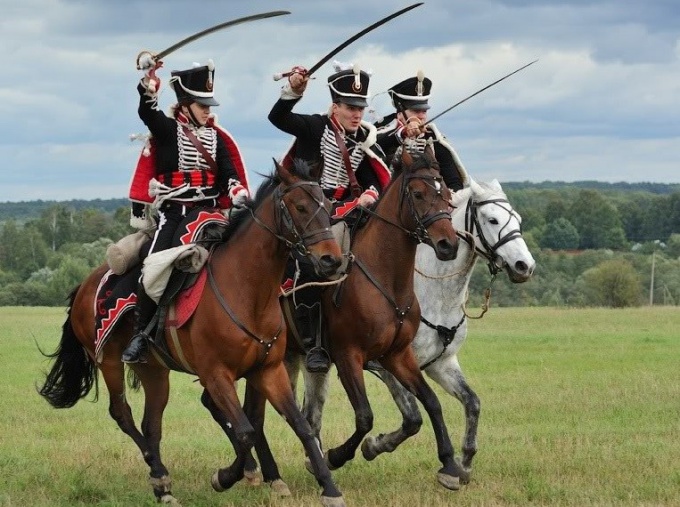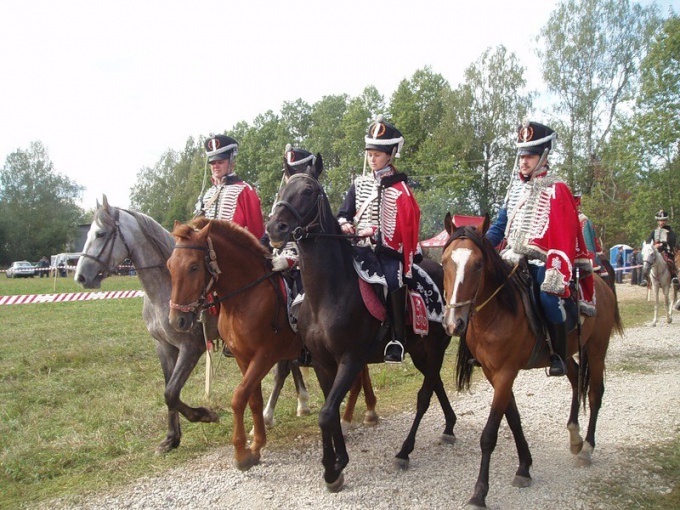What does the hussar's uniform look like?
What does the hussar's uniform look like?
The image of a hussar is most often associated withcourage, bravery, education and beauty. In the time of the existence of the hussars, they did not have a rebuff from the fans. And this is not surprising. Even their clothes contributed to this. They had a special hussar's uniform.

The ceremonial hussar's uniform was quite expensive. For this reason, only very wealthy people could become hussars. Throughout the existence of the hussar, their uniform has been repeatedly reformed. Hussar's uniform has one more name - doloman. It consists of a bodice and a skirt. The doloman bodice consists of two sides and a back. The back is one-piece, the tunic was fastened from left to right. On the chest, a cord of five stitches was usually sewn: the lower one was at the waist, the upper one was from the collar section to the sleeve seam. In addition, he still had a lot of details: mentik, sash, shako, chikchiry.Chikchiry, doloman and mentik were embroidered with braid and cords. Mentik was lined with white or black mutton fur. On the right side of the dolomane, a hook was sewn to the butt, and on the left - a corresponding loop. This is so that you can easily zip up your uniform. In the warm season, the hussars were not allowed to wear mentees, and in winter they were dressed in sleeves. For ammunition in the outfit of the hussars there was a special bag called the "Lada". Each hussar had a gray cloth cloak with a standing collar on rainy weather. The headdress of a hussar was a shako. He was made of black cloth trimmed with leather. The design of the hussar's shako was supplemented with a white sultan made of horsehair and an embroidered shishkish lace. After 1814, the shako was decorated with ribbons of metal. The shako was not worn out of order. Outside the detachment the hussars usually wore fodder caps made of cloth.







